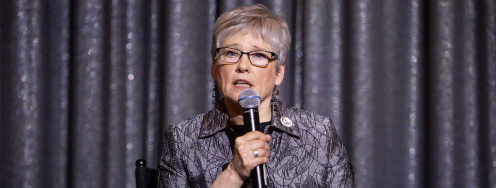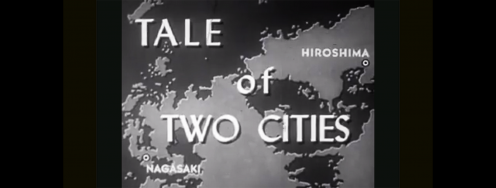Eight Weeks Later: Where is Fukushima now?
It has been nearly two months since the massive earthquake and tsunami that devastated areas of Japan and killed thousands. For several weeks the world was riveted by the humanitarian disaster and especially by the cliffhanger story of the damaged and dangerous nuclear power plant we now know as Fukushima Dai-Ichi. The media frenzy has now shifted to other stories, but unfortunately that does not mean the risks are gone or that the challenges have been overcome.
Today, the situation at Fukushima is much better and more “predictable” than in was in the days and weeks after the quake. However, the risks from radiation and potential releases of long-lived radioactive particles remain. The cooling of the reactors and spent fuel pools continues to rely on ad-hoc strategies while more durable and automatic systems can be built. The damage to the fuel cores and the spent fuel pools is still not completely assessed and therefore we cannot know how best to respond. Some 80,000 people remain displaced and will not be able to return to areas around the plant for at least nine months, if not far longer.
The bottom line is that the challenges remain high, the risks remain significant, and the inherent risks of nuclear technology – whether for civilian or military purposes - still need our constant vigilance. Ploughshares Fund is continuing to monitor and comment on the situation, as are many of our grantees.
For an excellent update on the situation at Fukushima and the near-term plans see the May 3rd report at allthingsnuclear.org, the blog of the Union of Concerned Scientists.
You can also check in with the Bulletin of the Atomic Scientists who continues to monitor the situation regularly.
Or follow us on twitter at @carrollpm, @cirincione and @plough_shares for real time analysis of Fukushima and other nuclear issues.




